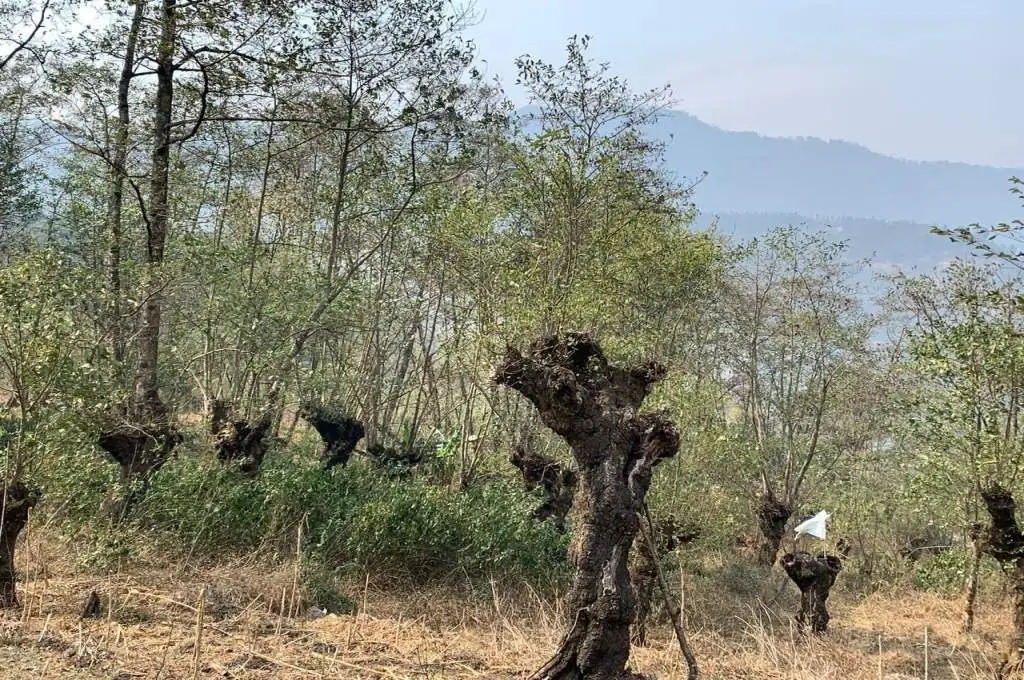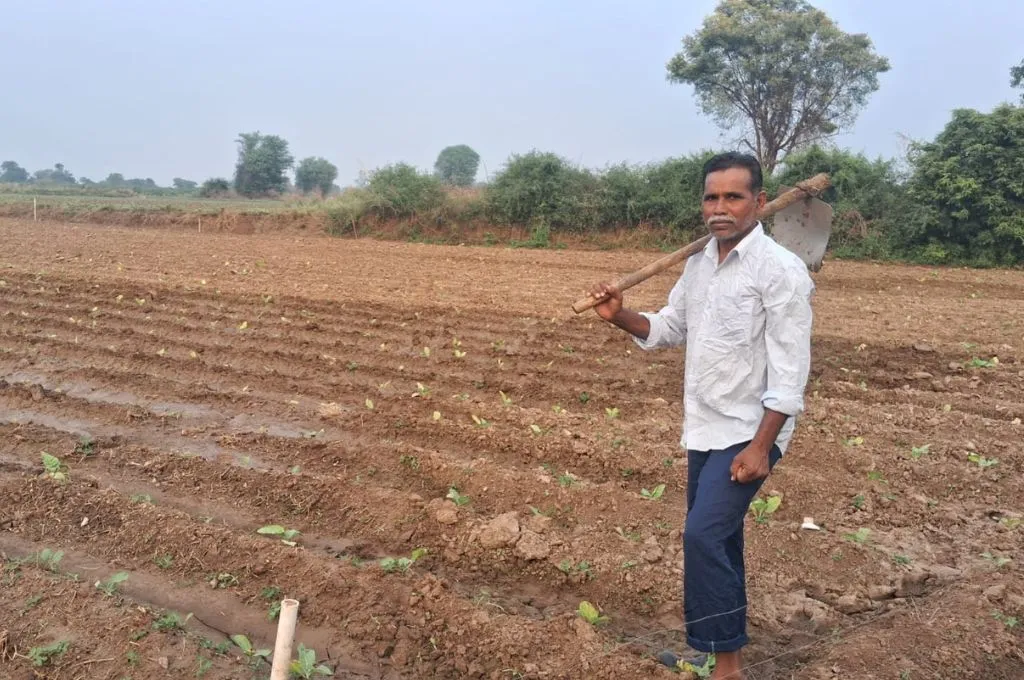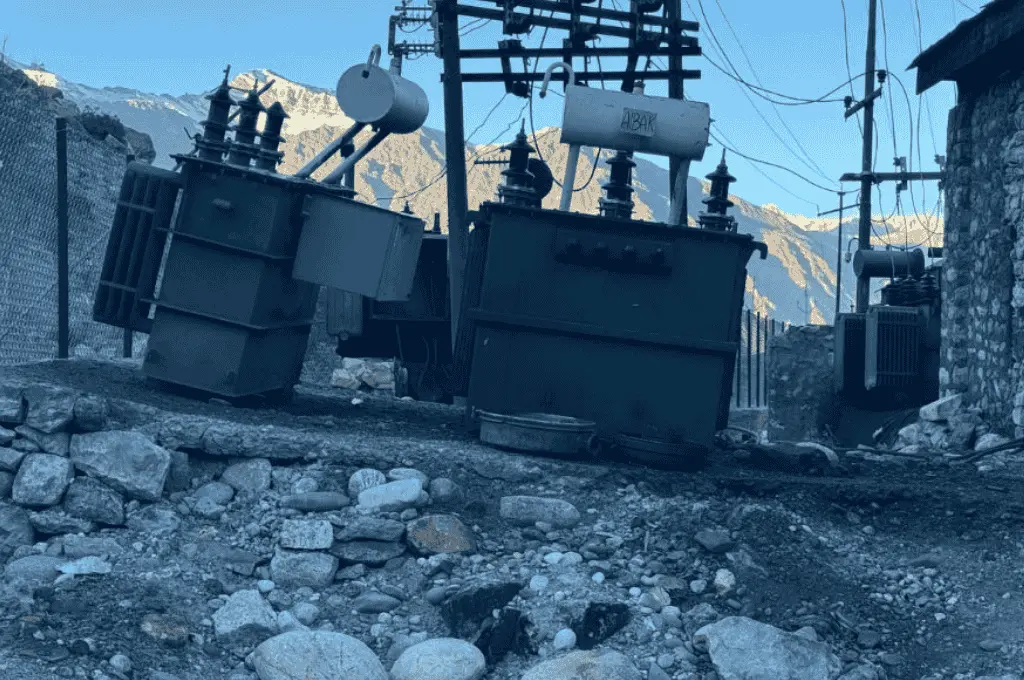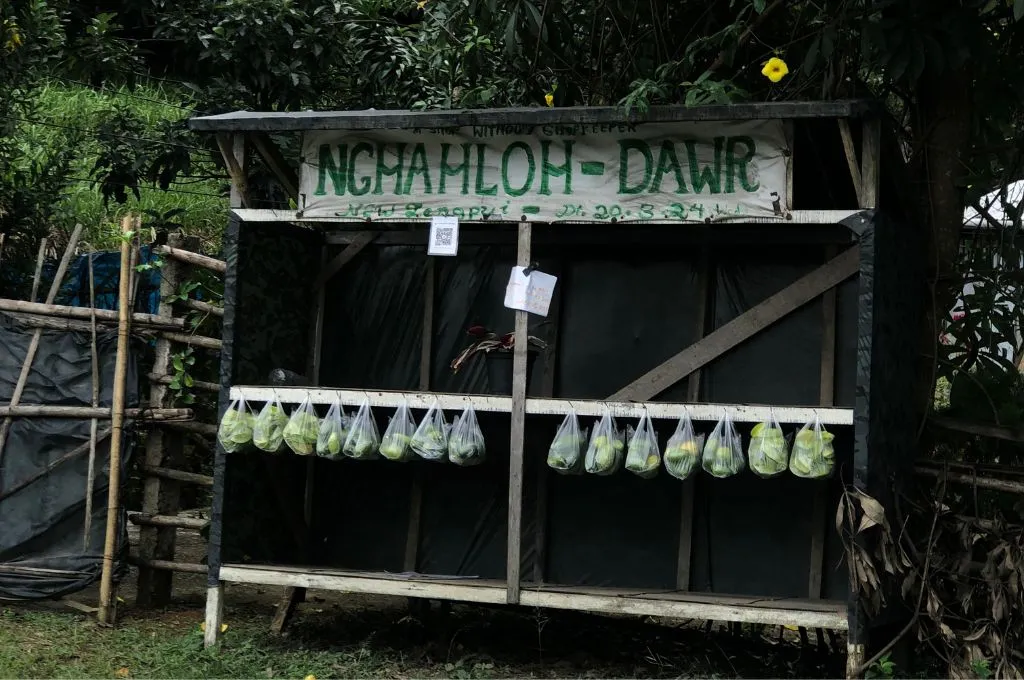Respecting the alders in Nagaland: Jhum as a sustainable farming practice

For generations, jhum cultivation has been an integral part of Nagaland’s agriculture. Jhumlands in the state are regulated and managed under the Nagaland Jhumland Act, 1970.
Located in Kohima district, Khonoma village—notably India’s first green village—is a prime example of sustainable jhum cultivation due to its alder-based system. Khonoma’s hilly terrain is divided into three main areas: the forested upper slopes (reserved forests), the middle slopes dedicated to jhum cultivation, and the lower slopes where paddy is cultivated.
Jhum cultivation begins in November with the clearing of biomass. The saplings of the alder tree, which is also Nagaland’s state tree, are planted in the first year of cultivation. The trees are carefully preserved over the years and left unharmed during the burning. The alder trees are planted alongside a variety of crops, such as cabbage, carrot, potato, broccoli, garlic, chives, and corn.
After a period of eight to 10 years, the alder trees mature. This is when they are cut from the top, at 5 ft from the ground. Once the tree regrows, it goes through the pollarding process, which involves the removal of all the branches from the mature tree.
Pollarding techniques vary from person to person. My approach involves trimming the branches close to the trunk, just above the stump head. The trees are pollarded during winter as the cold discourages insects from laying eggs on the tree stump. This helps maintain tree health.
In the years after pollarding, we selectively prune the alder trees annually by cleaning up all the small branches and opting for at least two to four healthy branches to thrive. This is because the branches require considerable space to grow. The cut branches are then used as firewood, eliminating the community’s need for cutting the trees in the reserved forests for cooking and keeping themselves warm.
The large branches are also used for constructing houses. The trees play a crucial role in fixing nitrogen levels, and the burning process corrects soil acidity. The more the fire burns, the better the soil.
In addition, the soil from the mountain forests is transported downhill through streams and wind, eventually mixing with the soil in the jhum cultivation areas. This enriched soil then flows into the paddy fields below.
I want to emphasise that my knowledge is rooted in indigenous practices that have proved effective for my community. However, I am eager to augment the community’s understanding with sustainable expertise and innovative ideas that complement, rather than compromise, our traditional methods.
Meto Kevin Khate is a farmer and the chairman of Dzuleke Eco-tourism Board.
As told to Keletsino Mejura, IDR Northeast Fellow 2024–25.
—
Know more: Learn how the push for oil palm in Nagaland is leading to a host of economic and environmental challenges.



